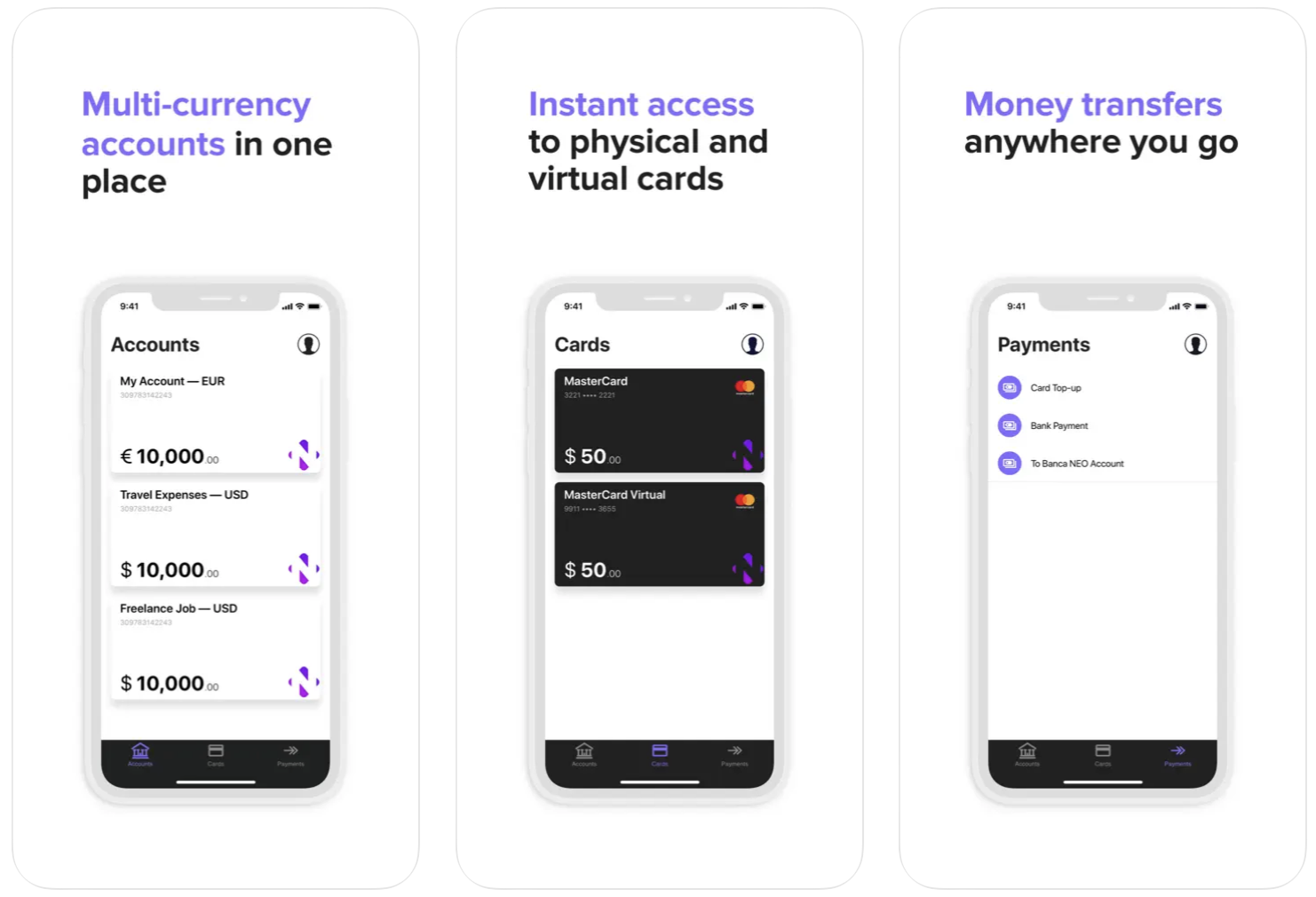NFT royalties ensure creators continue earning for their work even after selling the original NFT. NFTs have revolutionized the Web3 ecosystem, serving as a crucial building block and technical paradigm. While Ethereum led the NFT boom in 2020 and 2021, other chains like Solana and even Bitcoin have followed suit, witnessing the launch of major …

- Sustaining Creator Income: Exploring NFT Royalties
NFT royalties ensure creators continue earning for their work even after selling the original NFT.
NFTs have revolutionized the Web3 ecosystem, serving as a crucial building block and technical paradigm. While Ethereum led the NFT boom in 2020 and 2021, other chains like Solana and even Bitcoin have followed suit, witnessing the launch of major project
Creators have always sought diverse income sources for their work. However, in the Web2 world, enforcing laws that protect intellectual property and creators’ interests has proven challenging.
Royalties provide passive income to creators for each transaction involving their digital assets, such as music, art, and game utilities. While creators earn from the primary NFT sale, royalties continue to be paid for subsequent purchases.
- The Importance of NFT Royalties
NFT royalties establish a sustainable income stream for creators in the realms of art and digital content. The programmable nature of these payments allows multiple creators to benefit from this model.
From a principle and economic perspective, NFT royalties offer several advantages to the ecosystem. In the Web2 creative sectors of music, art, and graphic design, tracking subsequent purchases of artwork has been challenging. Additionally, contracts between creators and studios often favor the latter, leading to an imbalance in economic relationships.
Web3 aims to correct this imbalance. By minting an NFT, creators can track subsequent purchases recorded on the blockchain, enabling them to earn royalties at every point of the chain.
Moreover, creators can list and sell their NFTs on marketplaces without the platform directly claiming royalties on the purchase. NFTs facilitate the creation of an economy around creators, an area where Web2 business models have often fallen short. Royalties have proven to be an excellent mechanism for funding operational costs in many NFT collections.
NFT royalties also help curb the practice of wash trading, where participants artificially inflate the price of an NFT or digital asset by trading among themselves. Enforcing royalties ensures that each transaction between wash traders incurs a cost, making it difficult for them to sustain high prices.
- Marketplaces Empowering NFT Royalties
Marketplaces provide platforms for creators to develop, mint, and sell their content, enabling digital content creators to tap into secondary sales demand.
Marketplaces play a crucial role in the Web3 world, fostering the NFT ecosystem and facilitating commerce. Each blockchain network has its own marketplaces, and cross-chain marketplaces exist for buying and selling digital assets. In addition to offering spaces for NFTs with royalties, marketplaces enhance project credibility by listing them.
NFT marketplaces can also set royalties for NFTs sold on their platform. However, this practice can directly impact trading volumes, a key performance indicator for assessing the health of an NFT collection or ecosystem on a particular chain.
Marketplaces like OpenSea have experimented with removing royalties or introducing optional royalties, allowing purchasers to decide whether to pay royalties to creators. Such policies may harm creators, reducing their recurring income and making the creator economy less sustainable and competitive. Newcomers will struggle to compete against established creative studios. Thus, the royalty fees set by marketplaces can shape the heart and soul of this innovation.
- Transformative Impact of Emerging Marketplaces on NFTs
In recent years, several NFT marketplaces have emerged, each employing different growth hacking strategies. Some strategies have benefitted the industry, while others have harmed the ecosystem.
The marketplace market has shifted from organic growth to aggressive growth hacking, leveraging airdrop techniques based on NFT transaction activities. This shift is driven by intense competition among new NFT marketplaces in a bear market with limited liquidity.
OpenSea, Magic Eden, Sudos wap, X2Y2, and Blur are competing for creators, users, and, most importantly, liquidity. This competition has led to aggressive royalty wars, with reductions in royalty fees impacting the ecosystem’s health. As a result, NFT projects have been forced to lower their royalty fees, even prominent digital collectibles like the Bored Ape Yacht Club and Azuki.
While the highly competitive environment has resulted in lower royalty fees, some marketplaces have taken a step further by blocking the sale of NFTs in secondary markets without royalties. This move has received criticism from some quarters, while others view it as a measure to protect creators’ interests.
When NFT collections cannot charge royalties, it becomes challenging for them to fund their businesses, making them overly reliant on venture capital funding. However, venture capital firms are still navigating this space and refining their approach to funding NFT projects.
- The Future of NFT Royalties
Despite the challenges faced in recent months, NFT royalties offer a more sustainable model for founders of NFT collections, enabling art to become a viable source of income for creators.
The year 2022 was marked by scams and falling prices due to macroeconomic conditions, testing the resilience of the Web3 world. However, NFT royalties can play a crucial role in generating revenue for creators. They also foster customer loyalty by incentivizing the buying and selling of collectibles and sharing revenue with customers, thereby enhancing the overall brand experience.
With emerging concepts like dynamic NFTs, where the metadata can be altered or upgraded to create new traits for a subset of loyal users, NFTs fuel attention and loyalty economies within Web3. Intelligent NFTs introduce elements of artificial intelligence (AI), allowing holders to feel a closer connection between their profile pictures (PFPs) and their real selves through AI technology.
In conclusion, NFT royalties are here to stay, and companies that adopt this business model may gain a competitive edge in the years to come.







